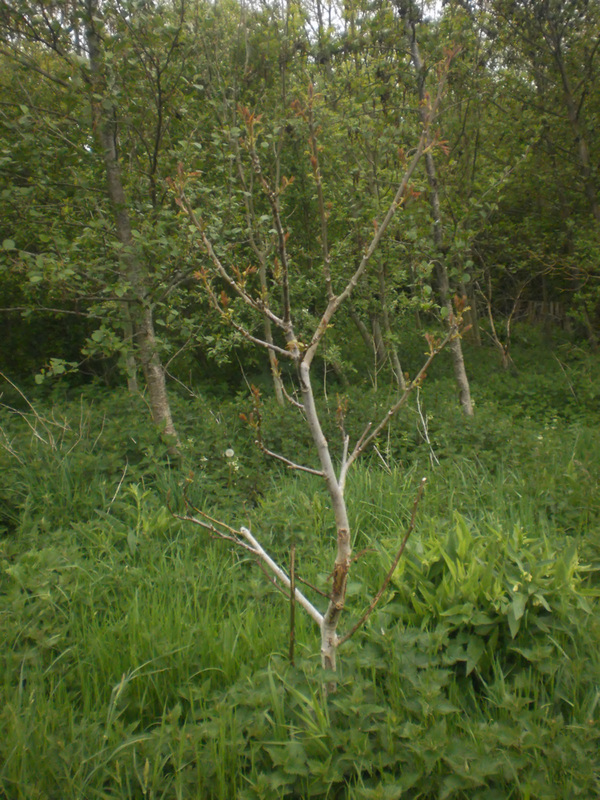walnut
Description
The deer seems to like our walnut tree and it has struggled to survive. Although it was planted in 2006, it is still only very tiny. Eventually, we hope that it will grow into an enormous tree, over 100 feet tall. It has greenish yellow male and female flowers borne separately on the same plant in late spring and these are followed by walnuts on mature trees.
Walnut husks are often used to create a rich yellow-brown to dark brown dye used for dyeing fabric and for other purposes.
The walnut is important for its attractive timber, which is hard, dense, tight-grained and polishes to a very smooth finish. Veneer sliced from walnut burl is one of the most valuable and highly prized by cabinet makers and prestige car manufacturers. Walnut wood has been the timber of choice for gun makers for centuries, including the Gewehr 98 and Lee Enfield rifles of the First World War.
|
Latin name: Juglans Regia
Type: dessert/culinary Uses: eating raw/ cooking Flavour: nutty Fruit colour: brown |
Flowering time: late spring
Picking time: October- December Eating/storing time: over a year Tree vigour: 10 - 40 metres Rootstock: Year planted: 2006 |
